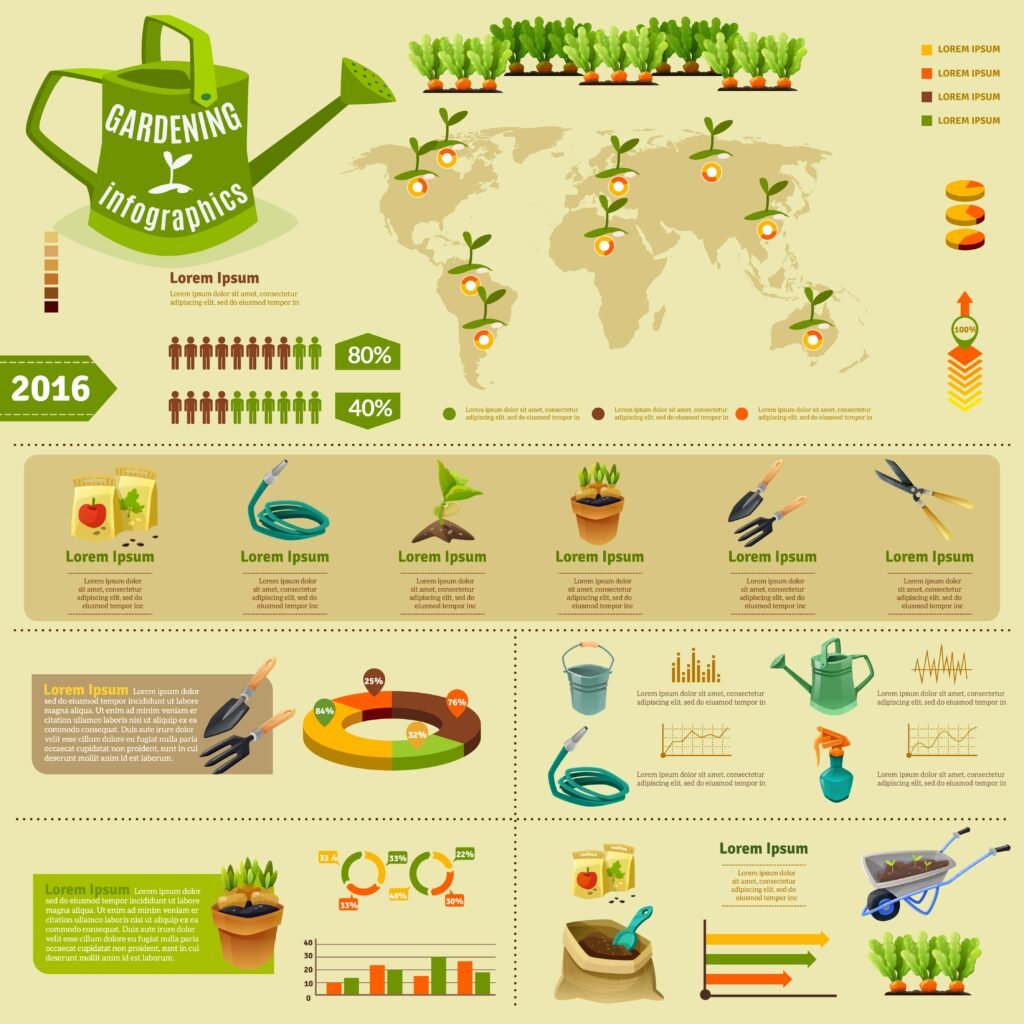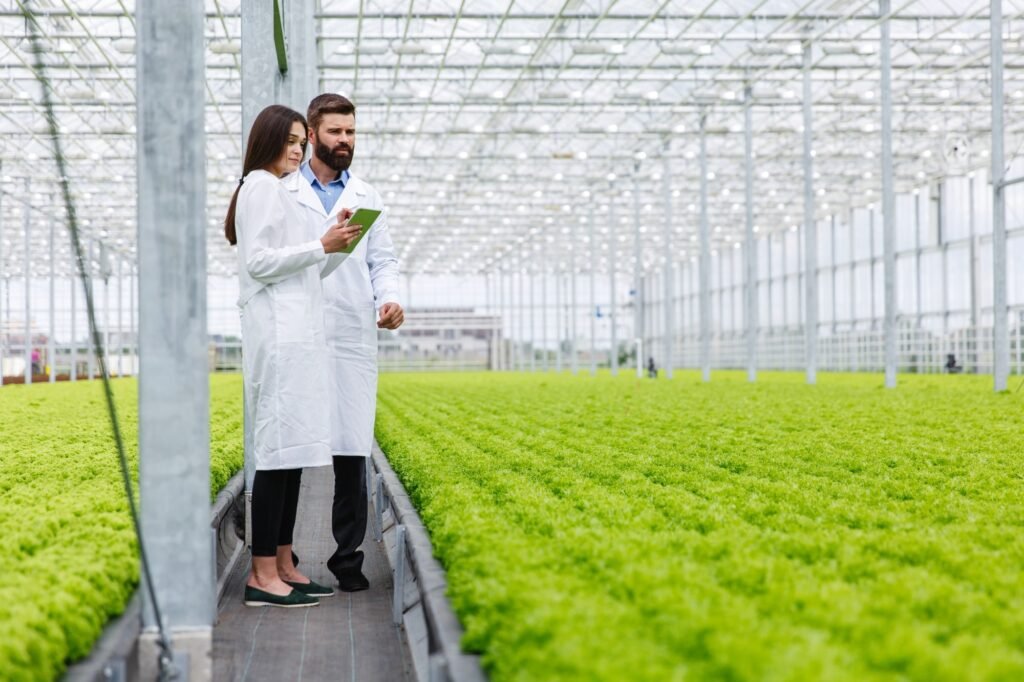Techniques to Increase Crop Yield: An Extensive Overview
The maximum number of crops that can be planted in a given year is determined by a number of variables, including the climate, the quality of the soil, the availability of resources, & farming techniques. Although it’s difficult to give a precise figure because it changes so much based on location & conditions, I can give a thorough rundown of the methods & approaches that make it possible to grow more than one crop in a single year.
Elements Affecting Crop Growth:

Weather:
The needs for moisture & temperature very among crops. It is easier to choose appropriate crops & arrange planting dates when one is aware of the climate of the area.
Type & Quality of Soil:
Crop development is influenced by the fertility of the soil, texture, & drainage ability. Crop selection & amendment of the soil are aided by the pH and nutrient levels that can be found through soil testing.
Water Accessibility:
A sufficient supply of water is necessary for crop growth. Crops are guaranteed enough moisture by irrigation systems & water management techniques, particularly in areas with seasonal rainfall.
Land preparation & management:
Optimal crop growth & yield are achieved by appropriate land preparation, which includes soil cultivation, control of weeds, & pest management.
Techniques to Increase Crop Production:

Crop rotation:
By switching up your crops from season to season, you may lessen the strain of pests & diseases & stop the depletion of soil nutrients. Because different crops require different amounts of nutrients, resources can be used more effectively.
Intercropping:
To maximise land use efficiency, various crops are planted simultaneously in the same field. Companion planting improves soil health & pest management when suitable crops are planted together.
Planting in Succession:
Planting crops in a sequential manner during the growing season maximises resource use & lengthens harvest times. Longer-season crops can be planted after quickly developing crops to guarantee continued production.
Hydroponic & greenhouse farming:
Crop production can occur all year round in controlled-environment agriculture since temperature, humidity, & light intensity can all be controlled. Soil limitations are eliminated by hydroponic systems, which deliver nutrient-rich water straight to plant roots.
Selection of Varietals:
The best development & output are ensured by selecting crop kinds that are appropriate for the local climate & planting schedules. For maximum output, early-maturing, disease-resistant, high-yielding cultivars are recommended.
Coverage Cropping:
During fallow seasons, cover cropping strengthens the structure of the soil, inhibits weed growth, & promotes nutrient cycling. Because legume-producing cover crops fix nitrogen from the atmosphere, fewer fertilisers are needed for succeeding crops.
Accurate Farming:
Making use of technology improves resource management & decision-making. Examples of this include remote sensing, data analytics, & GPS-guided machinery. Precision farming boosts productivity, reduces its negative effects on the environment, & maximises profit.
Innovative technologies, strategic planning, & agronomic techniques work together to. Farmers can accomplish diverse and sustainable cropping systems by taking into account many aspects such as soil, water, climate, & management approaches. Improving agriculture resilience in a changing environment & addressing the issues of food security require constant research & adaptability to changing conditions.
Summary
Climate, soil quality, availability of resources, farming practices, & other factors all affect crop productivity. The following variables have an impact on crop growth: temperature, moisture, fertility of the soil, availability of water, & land preparation. rotation of crops, intercropping, succession planting, greenhouse & hydroponic farming, variety selection, cover cropping, & precise farming are methods to boost crop yield. Crop development is affected by soil fertility, texture, & drainage; crop selection & planting dates are influenced by climate. Using irrigation systems & other water management strategies, agricultural development is ensured by water accessibility. Utilising these techniques can increase crop output, lessen environmental effect, & increase profit.
Crop productivity can be maximised by taking into account a number of variables, including climate, soil quality, availability of resources,& farming techniques. Techniques like crop rotation, intercropping, and precision farming can be used to maximise yield while reducing environmental impact and boosting profitability.”In order to maximise crop productivity, a variety of factors must be taken into account, including the climate, the quality of the soil, the availability of resources, and farming techniques. Techniques like crop rotation, intercropping, and precision farming are used to maximise yield while reducing environmental impact and boosting profitability.
